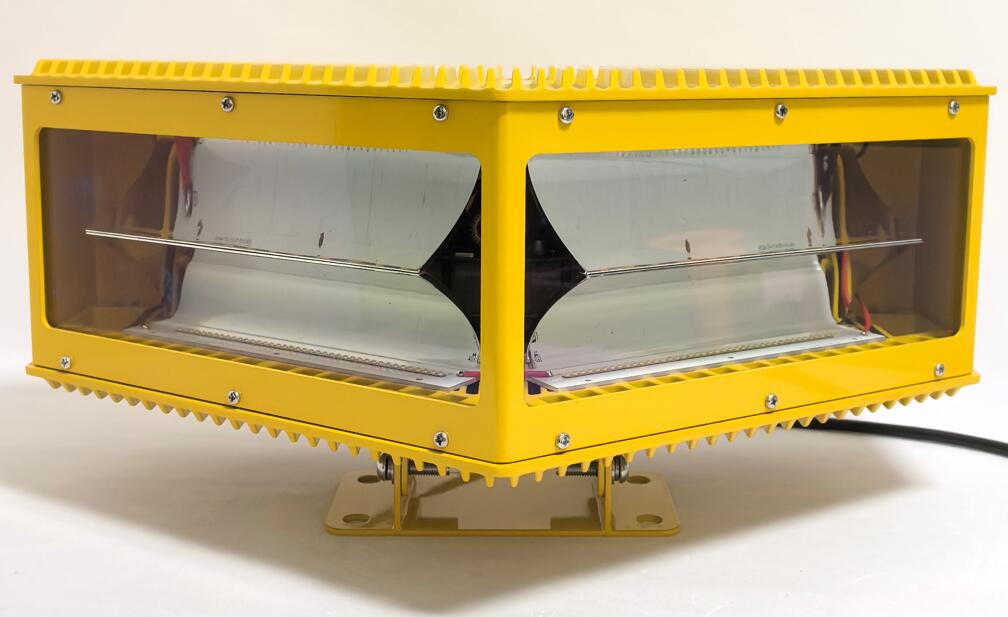Aviation Obstruction Light Cost Factors: What Influences Your Investment?
When planning for aviation safety compliance, understanding the aviation obstruction light price range is crucial for budgeting and procurement. However, rather than focusing on specific numbers, it's more valuable to examine the key factors that affect costs. This guide explores what determines the aviation obstruction lights price and how to make informed purchasing decisions.
What Are Aviation Obstruction Lights?
Aviation obstruction lights are specialized lighting systems installed on tall structures (e.g., towers, wind turbines, skyscrapers) to warn pilots of potential hazards. These lights must comply with strict regulations from the FAA (Federal Aviation Administration), ICAO (International Civil Aviation Organization), and other aviation authorities.
Key Factors Affecting Aviation Obstruction Light Price
Several variables influence the aviation obstruction light price, including:
1. Light Type & Intensity
Low-intensity (L-810) red lights – Typically more economical, used for structures under 200 feet.
Medium-intensity (L-864/L-865) white strobes – Higher cost due to increased brightness and range.

High-intensity (L-856/L-857) strobes – Most expensive, required for structures over 500 feet.
2. Compliance with Aviation Regulations
FAA (AC 70/7460-1L) and ICAO (Annex 14) compliance is mandatory.
| aviation obstruction light price |
Lights meeting stricter standards (e.g., near airports) may cost more.
3. LED vs. Incandescent Technology
LED aviation lights have a higher upfront cost but lower long-term expenses due to energy efficiency and durability.
Traditional incandescent or halogen lights may be cheaper initially but require frequent replacements.
4. Durability & Environmental Resistance
Lights designed for extreme weather (hurricanes, Arctic cold, desert heat) have reinforced materials, increasing cost.
Corrosion-resistant coatings for coastal or offshore installations also add to expenses.
5. Power Supply & Installation Complexity
Solar-powered obstruction lights eliminate wiring costs but may have a higher initial investment.
Hardwired systems require electrical infrastructure, increasing labor and setup expenses.
6. Smart Features & Automation
Lights with remote monitoring, automatic brightness adjustment, or failure alerts are more advanced (and costly).
Synchronization systems for multiple lights (e.g., wind farms) add complexity and cost.
| aviation obstruction light |
How to Optimize Aviation Obstruction Light Costs
While the aviation obstruction light price varies, smart purchasing decisions can help manage expenses:
✔ Prioritize compliance – Non-compliant lights may lead to fines or mandatory replacements.
✔ Evaluate long-term savings – LED lights reduce maintenance and energy costs over time.
✔ Assess environmental needs – Choose lights rated for local weather conditions to avoid premature failures.
✔ Consider modular systems – Some manufacturers offer scalable solutions for future expansions.
The aviation obstruction light price depends on multiple technical and regulatory factors rather than just the product itself. By understanding light types, compliance requirements, durability needs, and smart features, buyers can make cost-effective decisions without compromising safety.
